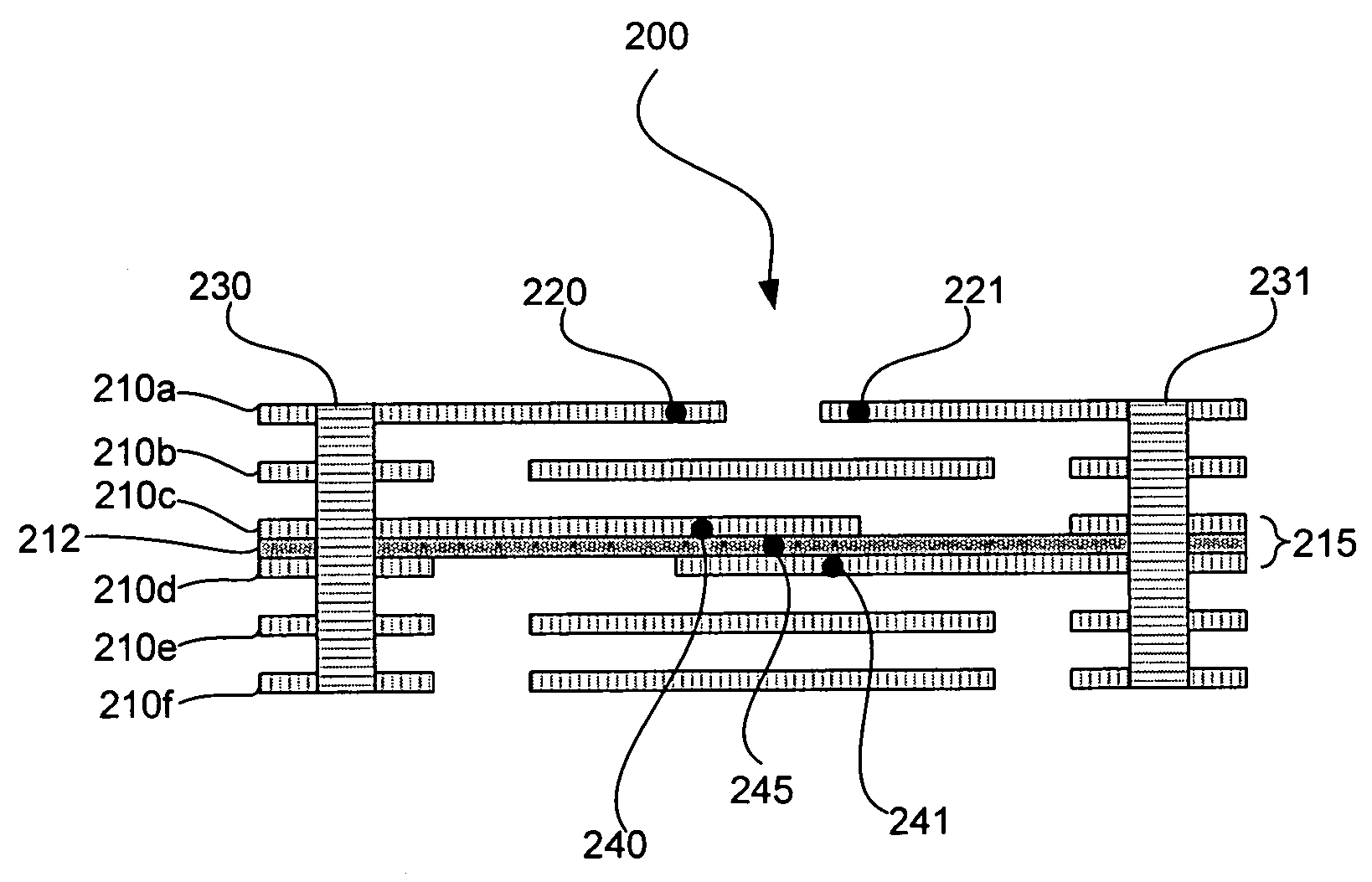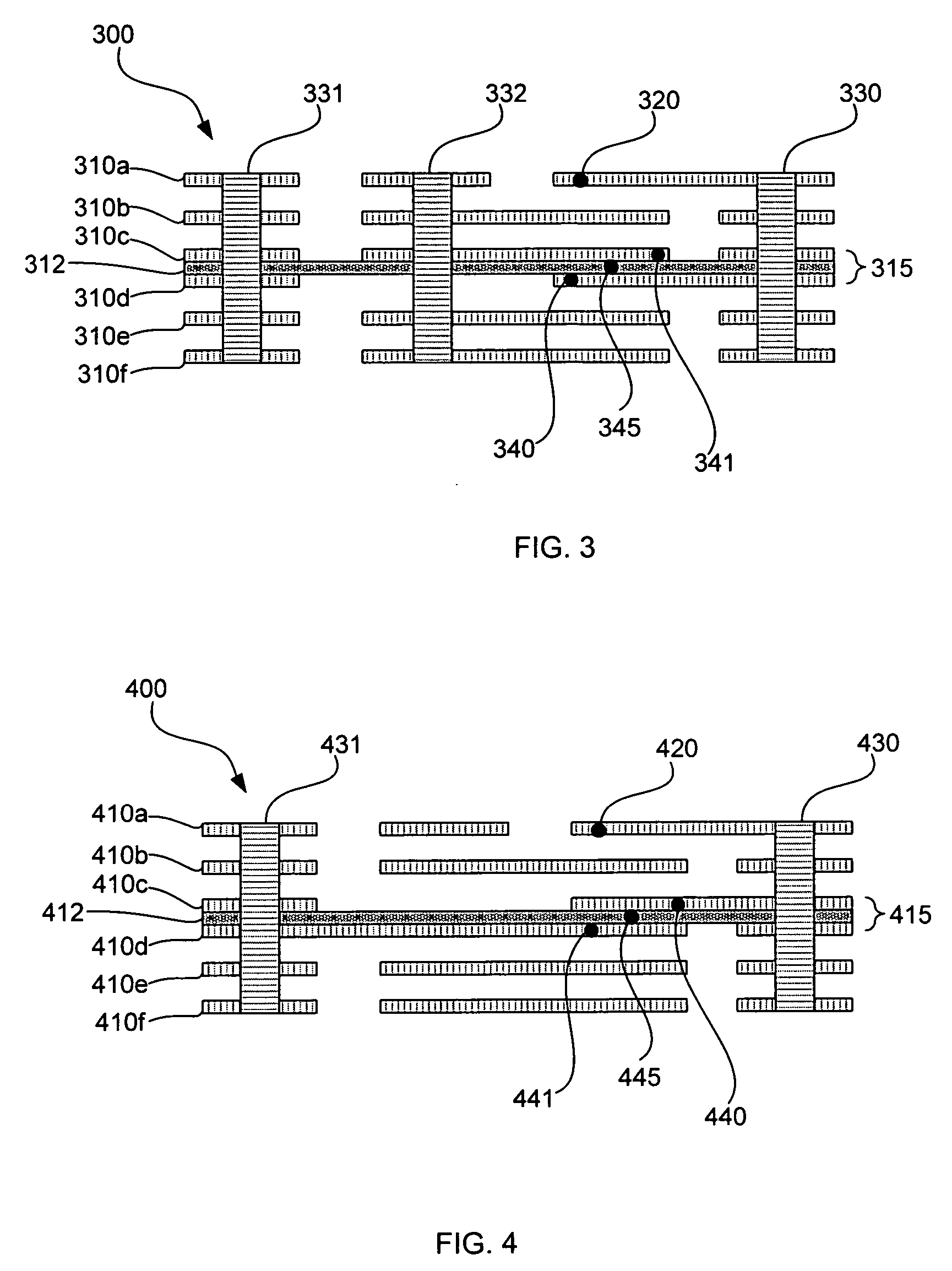System and method for electrostatic discharge protection in an electronic circuit
a technology of electrostatic discharge protection and electronic circuit, which is applied in the direction of circuit electrostatic discharge protection, emergency protective arrangements for limiting excess voltage/current, and other directions, can solve the problems of large die area, inability to realize extensive die area, and inability to repair sensitive electronic circuits and any associated components, etc., to achieve less labor-intensive design and fabrication, less complicated circuitry of pcb or ic, and less pcb and/or ic.
- Summary
- Abstract
- Description
- Claims
- Application Information
AI Technical Summary
Benefits of technology
Problems solved by technology
Method used
Image
Examples
Embodiment Construction
[0019] The following discussion is presented to enable a person skilled in the art to make and use the invention. The general principles described herein may be applied to embodiments and applications other than those detailed above without departing from the spirit and scope of the present invention. The present invention is not intended to be limited to the embodiments shown, but is to be accorded the widest scope consistent with the principles and features disclosed or suggested herein.
[0020]FIG. 2 is a cutaway view of a PCB 200 for diverting electrostatic discharge signals away from electronic components and the like according to an embodiment of the invention. A typical PCB 200 may include several layers 210 that may be fabricated to realize various interconnections and signal paths to, from, and through the PCB. In the embodiment of FIG. 2, the PCB 200 is shown with six distinct conductive plane layers 210a-210f. In this disclosure, these layers 210a-210f are simply named lay...
PUM
 Login to View More
Login to View More Abstract
Description
Claims
Application Information
 Login to View More
Login to View More - R&D
- Intellectual Property
- Life Sciences
- Materials
- Tech Scout
- Unparalleled Data Quality
- Higher Quality Content
- 60% Fewer Hallucinations
Browse by: Latest US Patents, China's latest patents, Technical Efficacy Thesaurus, Application Domain, Technology Topic, Popular Technical Reports.
© 2025 PatSnap. All rights reserved.Legal|Privacy policy|Modern Slavery Act Transparency Statement|Sitemap|About US| Contact US: help@patsnap.com



